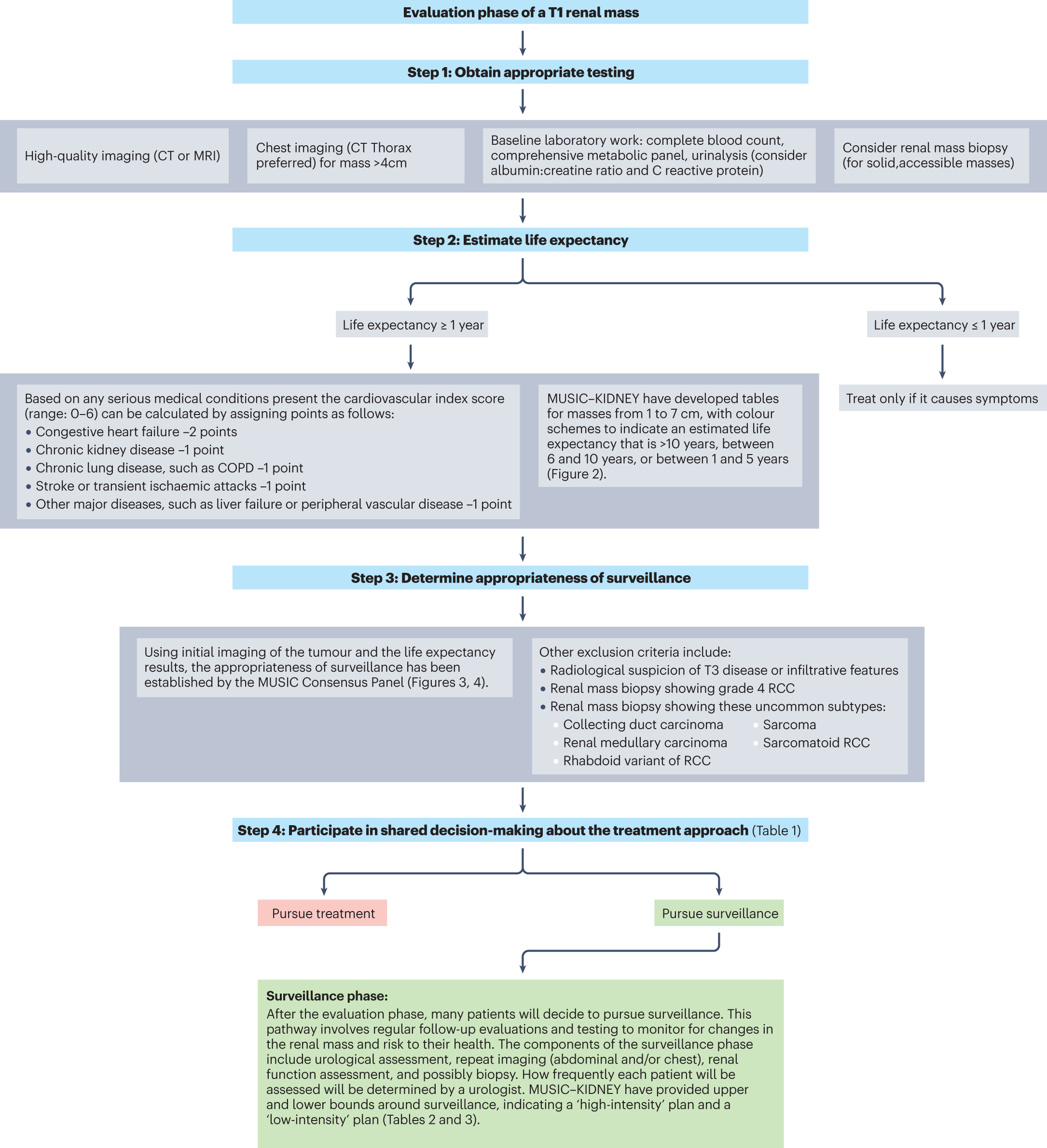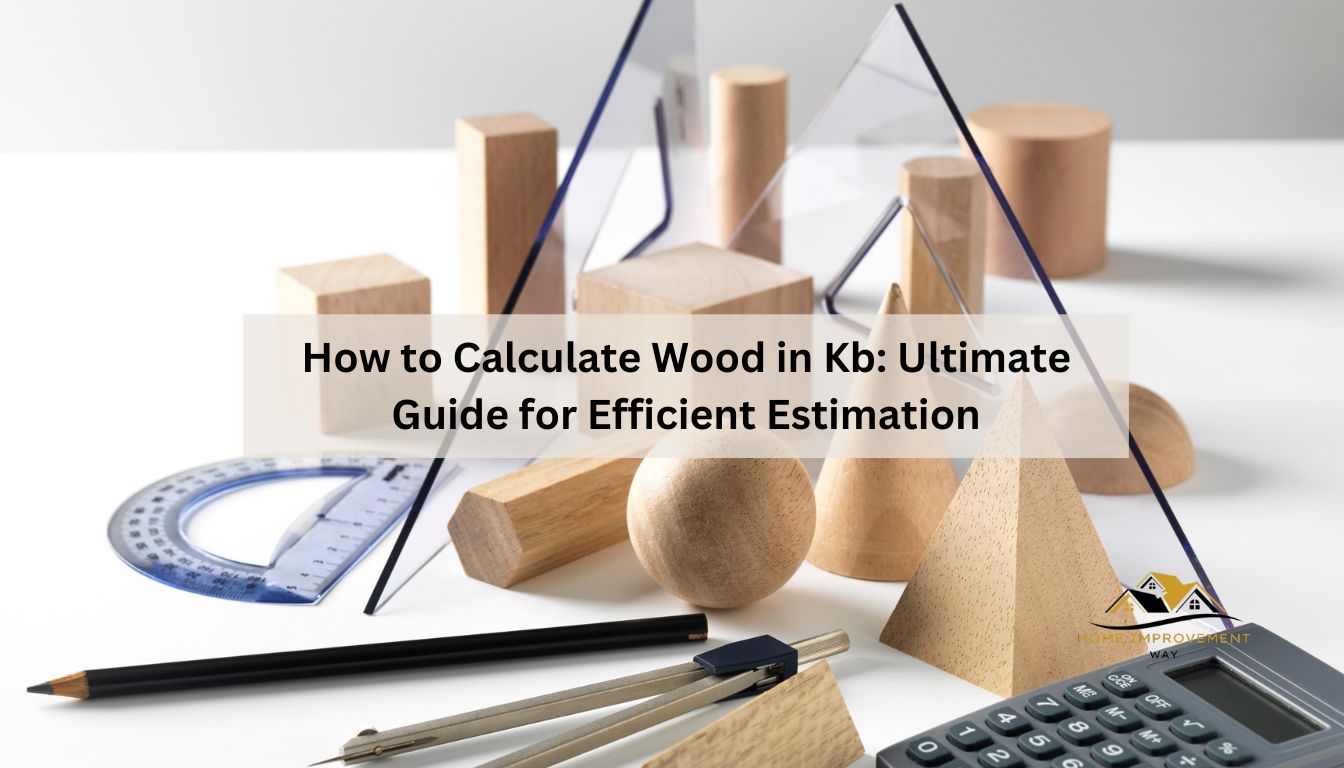To calculate wood in kilobytes (KB), multiply the size of the wood by the density of wood in KB. Wood in kilobytes (KB) can be calculated by multiplying the size of the wood by the density of wood in KB.
Wood is a versatile material with various uses in construction, furniture, and crafts. It is important to accurately calculate the amount of wood required for a project to ensure efficient planning and budgeting. By understanding how to calculate wood in KB, you can determine the quantity needed and make informed decisions.
This article will provide a step-by-step guide on calculating wood in KB, allowing you to optimize your woodworking endeavors. Whether you are a professional carpenter or a hobbyist, this information will prove valuable in accurately estimating the amount of wood required for your project.
Understanding Wood Measurement Units
When calculating wood in kb, understanding the various measurement units is essential. Key units include board feet (bd. Ft), cubic feet (ft3), and cord. By converting these measurements into kb, you can accurately assess the quantity of wood needed for your project.
Kilobytes (kb)
Wood Measurement Units play a crucial role in building and construction projects. Among these units, Kilobytes (KB) are often used to calculate the volume and quantity of wood needed for various purposes. Understanding Kilobytes as a wood measurement unit is essential for accurate estimations and efficient planning. Let’s dive into the details of Kilobytes and how they are used in calculating wood.
Wood Measurement Units
Wood measurement units provide a standardized system for determining the quantity of wood required for a project. These units help in effectively estimating the amount of wood needed, reducing wastage, and ensuring efficient utilization of resources.
In the world of woodworking, many different measurement units exist, with each serving a specific purpose. From board feet and cubic feet to cords and cords-foot, these units cater to different measurement requirements based on the project type and scale.
Kilobytes (kb)
While Kilobytes (KB) are commonly associated with digital storage, they can also be used as a wood measurement unit. In this context, KB represents the volume of wood in cubic feet that can be harvested from a single tree. It is important to note that the actual volume of wood may vary depending on the tree species, age, and other factors.
To calculate wood in KB, one must consider the dimensions of the tree, such as its diameter and height. These measurements can be used in formulas to estimate the volume of wood in cubic feet, and subsequently convert it into KB.
Here is a simplified formula commonly used to calculate wood in KB:
KB = (0.005454 x D2 x H)
Where:
– KB represents the volume of wood in Kilobytes.
– D stands for the diameter of the tree in inches.
– H refers to the height of the tree in feet.
By plugging in the appropriate values for D and H into this formula, the estimated volume of wood in KB can be obtained. However, it is important to note that this formula provides an approximation and is not always exact due to variations in tree characteristics and density.
In conclusion, understanding wood measurement units is essential for accurate estimations and effective project planning. Kilobytes (KB) provide a convenient way to calculate the volume of wood in cubic feet that can be harvested from a tree. By considering the tree’s diameter and height, one can use a formula to estimate the wood volume in KB, helping streamline the procurement and utilization of wood resources in various construction and woodworking projects.
Determining Wood Size For Estimation
To accurately estimate wood size in Kb, calculate the volume by multiplying the length, width, and thickness. Ensure to convert measurements to the same unit for accurate results. Properly determining wood size is crucial for precise estimations in any project.
Understanding Wood Dimensions
Before calculating the volume of wood for estimation purposes, it is important to have a clear understanding of wood dimensions. Wood is typically categorized based on its length, width, and thickness. These dimensions are crucial in determining the amount of wood required for a specific project.
Calculating Volume Of Wood
When estimating wood, it is essential to calculate the volume accurately to ensure you have an appropriate supply. The volume of wood can be calculated by multiplying the length, width, and thickness of the wood. The formula to calculate the volume is as follows:
Volume = Length Width ThicknessTo demonstrate the calculation, let’s consider an example:
| Wood Piece | Length (in cm) | Width (in cm) | Thickness (in cm) | Volume (in cm³) |
|---|---|---|---|---|
| Wood Piece 1 | 50 | 10 | 5 | 2500 |
| Wood Piece 2 | 30 | 15 | 3 | 1350 |
In the example above, Wood Piece 1 has a volume of 2500 cm³, while Wood Piece 2 has a volume of 1350 cm³. By summing up the volumes of all the wood pieces required for a project, you can accurately estimate the total amount of wood needed.
Converting Wood Measurements To Kilobytes
Calculate wood measurements in kilobytes by utilizing a simple formula based on the density of the wood species. Convert wood volume to bytes by considering the weight of the wood in kilograms and the specific gravity of the wood type.
Calculating wood measurements in kilobytes may seem like an unusual task, but in digital gaming and other computer applications, it can be a necessary process. Converting wood volume to bytes and then to kilobytes involves understanding the conversion calculations and steps. Let’s take a closer look at how to achieve this.
Converting Wood Volume to Bytes
Converting wood volume to bytes involves understanding the relationships between measurements and data storage. When measuring wood, different units such as cubic meters or cubic feet are used. To convert these measurements to bytes, the following formula can be used:
bytes = volume of wood quantity of bytes per unit of volume
For example, if you have the volume of wood in cubic meters, you would multiply this by the number of bytes per cubic meter to obtain the total bytes of wood.
Kilobyte Conversion Calculation
After obtaining the total bytes of wood, calculating it in kilobytes involves a simple process. Since 1 kilobyte is equal to 1024 bytes, the formula for converting bytes to kilobytes is:
kilobytes = total bytes of wood / 1024
By dividing the total bytes by 1024, you’ll get the equivalent amount in kilobytes.
In summary, when converting wood measurements to kilobytes, it’s essential to first convert the wood volume to bytes and then utilize the kilobyte conversion calculation to obtain the final result.
Remember, understanding these conversions can be particularly useful in fields where digital data needs to be correlated with physical measurements, such as in gaming or virtual reality development.

Credit: www.nature.com
Considerations For Efficient Wood Estimation
Accounting For Wood Compression
Understanding how wood compression affects measurements is crucial.
Factoring In File Structure
Consider the impact of file structure on your wood calculations.
Tools And Formulas For Accurate Calculations
Digital Tools For Measurements
Utilize digital tools like laser measuring devices for precise wood measurements.
Formulas For Complex Wood Structures
When dealing with complex structures, utilize formulas for accurate wood calculations.

Credit: www.nature.com
Real-life Scenarios And Case Studies
Discover real-life scenarios and case studies exploring the effective methods to calculate wood in kilobytes (Kb). Gain insight into practical applications and learn valuable techniques for accurate and efficient wood measurement.
Common Mistakes In Wood To Kb Conversion
Learn how to accurately calculate wood in Kb by avoiding common mistakes. Discover tips and techniques to ensure accurate measurements and improve your conversion process.
Calculating wood in kilobytes (KB) can be a tricky task, especially if you’re not familiar with the common mistakes that can occur during the conversion process. By avoiding these errors, you can ensure accurate measurements and save yourself time and frustration.
Ignoring Compression Ratios
One common mistake that many people make when converting wood to KB is ignoring compression ratios. When wood is compressed, its file size can be significantly reduced. Failure to take this into account can lead to inaccurate calculations.
It’s important to understand the compression ratio of the wood you are working with. This ratio will determine how much the file size will be reduced when the wood is compressed. By including this ratio in your calculations, you can achieve more precise results.
To calculate wood in KB with compression ratios, follow these steps:
- Determine the compression ratio of the wood.
- Measure the uncompressed size of the wood in bytes.
- Apply the compression ratio to the uncompressed size to obtain the compressed size.
- Convert the compressed size to KB by dividing it by 1024.
By carefully considering the compression ratios, you can avoid errors and accurately calculate the wood in KB.
Misinterpreting Metadata
Best Practices For Wood To Kb Estimation
Calculating the amount of wood required for a project is a crucial step in the planning process. Whether you are a professional carpenter or a DIY enthusiast, accurate estimation ensures you don’t run out of materials and helps you stay within budget. In this blog post, we will discuss the best practices for wood to KB (kilobytes) estimation, including utilizing standard conversion factors and regularly updating estimation techniques.
Utilizing Standard Conversion Factors
When it comes to estimating wood in KB, it is essential to utilize standard conversion factors to convert the volume of wood into kilobytes. By doing so, you can ensure consistency and accuracy in your calculations. Here are a few commonly used conversion factors that can help you determine wood quantity:
- 1 cubic meter of wood = 1024 KB
- 1 board foot of wood = 128 KB
- 1 cord of wood = 8192 KB
By understanding and applying these standard conversion factors, you can easily estimate the amount of wood required for your project. Remember to consider the specific unit of measurement used in your project and convert it accordingly.
Regularly Updating Estimation Techniques
Estimation techniques evolve with time, and it is essential to stay updated with the latest practices. Technology advancements, improved measurement tools, and industry standards can influence how you estimate wood in KB. To ensure accuracy in your estimations, it is crucial to adopt modern techniques and keep up with emerging trends.
One effective way to update your estimation techniques is to seek professional guidance or attend workshops and training sessions conducted by experts in the field. These resources can provide valuable insights into new methods, tools, and best practices for wood estimation. Regularly updating your estimation techniques will enable you to make more accurate predictions and avoid unnecessary wastage of materials.
In conclusion, by utilizing standard conversion factors and regularly updating your estimation techniques, you can ensure accurate and efficient wood to KB calculations. This enables you to plan your projects effectively, avoid material shortages, and stay within budget. So take the time to evaluate your current estimation practices, adopt the best-suited techniques, and improve the overall efficiency of your woodworking projects.
Frequently Asked Questions For How To Calculate Wood In Kb
What Do You Mean By 1 Kb Wood?
1 KB wood refers to the density of wood, specifically how much wood can fit within a space of 1 kilogram. It is a measurement used to determine the weight and strength of wood.
What Is The Formula For Measuring Wood?
The formula for measuring wood is Length x Width x Height in inches, divided by 144 for board feet. For round logs, use the formula: πr^2h, where r is the radius and h is the length. For irregular shapes, use digital calipers.
How Do You Measure Kb?
To measure KB, use a software or tool that displays file size in kilobytes.
How Do I Calculate How Much Wood I Need?
To calculate the amount of wood needed, measure the area to be covered and multiply by thickness.
Conclusion
Incorporating the wood in Kb calculation into your work is essential for accurate measurements. By understanding and applying the concepts discussed in this blog post, you can improve your woodworking projects and optimize your resources. Calculating wood in Kb not only helps you streamline your operations but also ensures precision and cost-efficiency.


